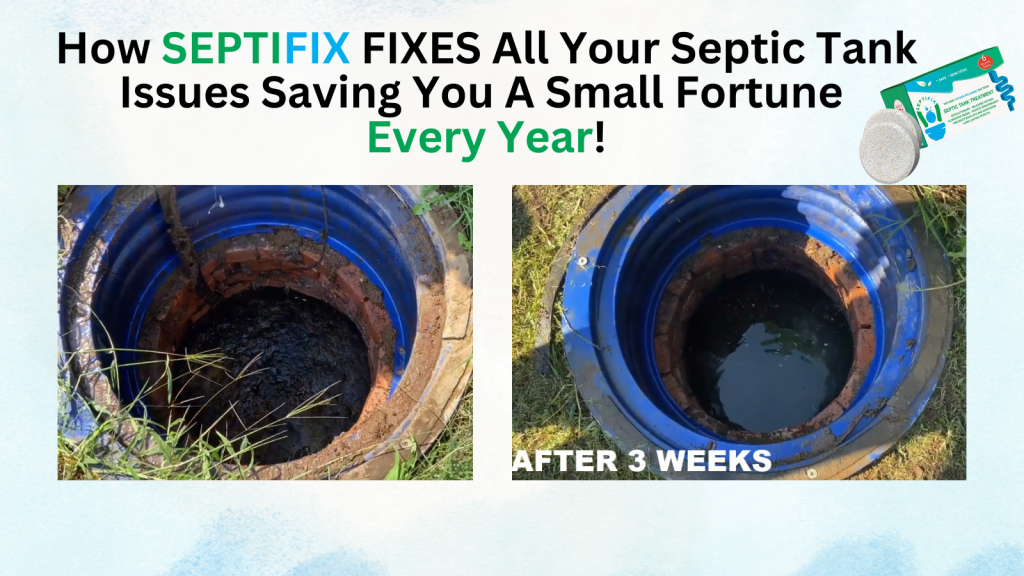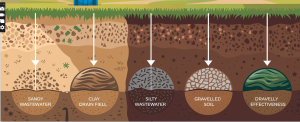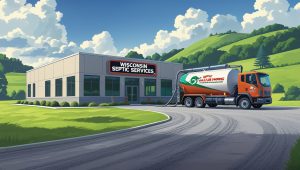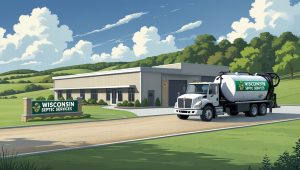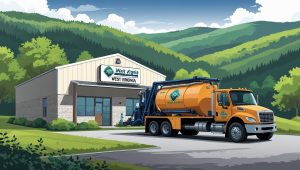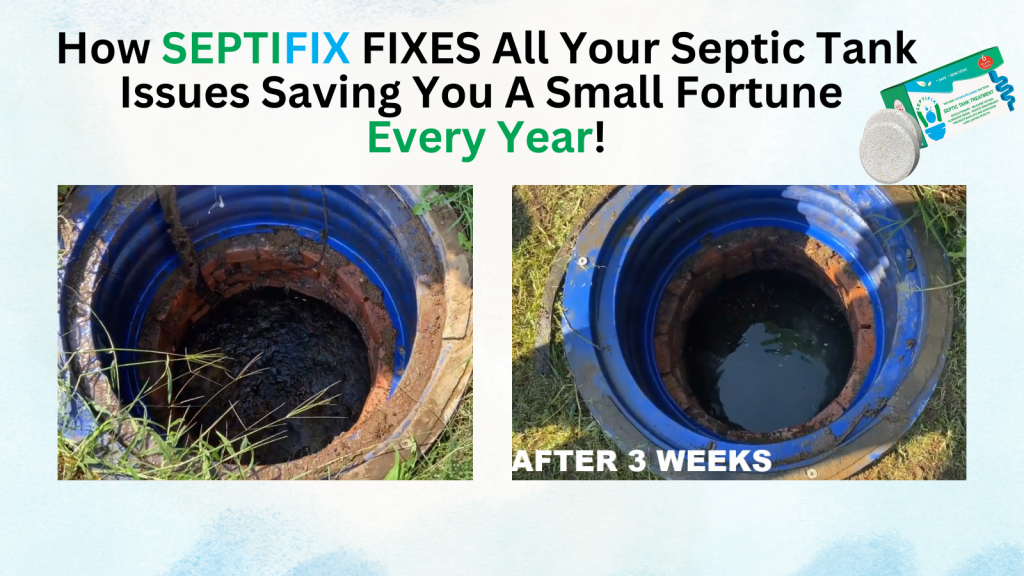Experiencing sewage backup in the home can be distressing and poses significant health risks. Understanding the causes and taking immediate action is crucial to prevent further damage and protect your property. This comprehensive guide will walk you through the steps to address a sewage backup and provide long-term solutions to prevent future occurrences.
Table of Content
- Common Causes of Sewage Backup
- What to Do When Sewage Backs Up
- Preventing Sewage Backup
- Best Practices for Homeowners
- Additional Measures for Prevention
- Frequently Asked Questions About Sewage Backup
- Septifix
- Septic Permit Links by State
Common Causes of Sewage Backup
Sewage backup can occur due to a variety of factors, both within and outside your home. Understanding these causes is crucial for preventing future backups and maintaining a healthy septic or sewer system.
Blocked or Clogged Pipes
Clogs can form in any part of your plumbing system, including the main sewer line. Grease, soap, hair, and food debris can build up in your drains over time and restrict the flow of wastewater. If the clog is in your main sewer line, it can cause sewage to back up into multiple drains and toilets throughout your home. Additionally, flushing inappropriate materials like paper towels, baby wipes, or sanitary products can easily block your pipes, as these items do not break down in water. How to Fix It: A professional plumber can perform a drain cleaning or use specialized tools to clear out blockages from the main sewer line. Regularly cleaning your drains can help prevent buildup and keep the sewer line clear.
Tree Roots
Trees and other plants seek moisture and nutrients found near your sewer line, especially during dry seasons or droughts. Over time, tree roots will grow above or around sewer piping, causing cracks to form. They are also extremely heavy, so they tend to grow and wrap around sewer lines, eventually crushing the pipes. The roots can then infiltrate these cracks and create a blockage, leading to a sewage backup. Prevention: Regular inspections can help identify root intrusion early. Consider using root-killing products or replacing affected pipes to prevent future issues.
Old or Outdated Plumbing
For those who own old, historic properties, outdated plumbing is a common cause of sewer backups. Clay pipes leading to the sewer main can become subject to the ravages of invasive weeds, shrub twigs, and tree roots. Natural growths like these enter clay pipes and gradually clog them, leading to blockages. Solution: Consider upgrading your plumbing system to more modern materials like PVC, which are less susceptible to root damage and other forms of deterioration.
Heavy Rainfall
Although public sewer systems are designed to handle large amounts of water, they still have a limited capacity. Heavy rainfall, especially when prolonged, can cause major problems for sewage systems. If rain causes the system to exceed its capacity limit, the excess water may back up into residential homes. Mitigation: Installing a backflow valve can help protect your home from sewage backups during heavy rainfall.
Municipal Sewer Problems
Sometimes, sewer backups can be caused by a problem outside your home, such as a city sewer blockage. If there’s a blockage or failure in the municipal sewer system, it can cause wastewater to back up into your home. These issues are often caused by overflows, blockages, or damage to the larger public sewer lines. Action: If you suspect a municipal sewer issue, contact your local water department to report the problem. Consider installing a backflow valve to protect your home from future backups.
Illegal Plumbing Connections
Ensure that all plumbing fixtures are hooked up legally. Illegal connections, such as having your sump pump hooked to the sewer line, can cause backups into your home. Check to ensure that all connections are legal and consult a local plumbing professional if you are unsure. Prevention: Regularly inspect your plumbing system to identify any illegal connections and correct them promptly.
Cracked or Sagging Sewer Pipes
Old pipes, especially those made of cast iron or clay, are prone to cracks and sagging. Sagging sewer lines can trap water and solids, leading to blockages. Cracked pipes may function for years before causing a backup, but they can eventually collapse, allowing backfill material to enter and plug the service line.
What to Do When Sewage Backs Up
If you experience a sewage backup, act quickly to minimize damage and ensure safety.
Safety Precautions
- Wear Protective Gear: Use gloves, masks, and boots to avoid exposure to harmful bacteria.
- Evacuate the Area: Keep people and pets away from the affected area to prevent health risks.
- Turn Off Utilities: If possible, shut off electricity and water supply to prevent further damage.
Cleaning and Disinfecting
- Remove Contaminated Items: Discard any items that have come into contact with sewage to prevent the spread of bacteria.
- Clean and Disinfect: Use a solution of bleach and water to disinfect surfaces. Ensure the area is well-ventilated to avoid inhaling fumes.
- Dry the Area: Use fans to dry the area thoroughly to prevent mold growth, which can lead to additional health issues.
Preventing Sewage Backup
Preventing sewage backup involves regular maintenance and good practices. By understanding how your septic system works and taking proactive steps, you can significantly reduce the risk of future backups.
Regular Septic Maintenance
Regular inspections and pumping of your septic tank are crucial. Ensure your tank is inspected every 1 to 3 years and pumped every 3 to 5 years. For more complex systems, annual inspections may be necessary. Regular maintenance can help identify potential issues before they become major problems.
Best Practices for Homeowners
- Monitor Water Usage: Be mindful of water usage to avoid overloading your septic system. Limiting the amount of water used in your home can help extend the life of your septic system.
- Avoid Flushing Non-Biodegradable Items: Do not flush items like baby wipes, sanitary products, or grease, as they can clog your system and lead to backups.
- Use Garbage Disposals Wisely: Limit the use of garbage disposals to prevent excessive solids in your septic tank. This can help maintain a healthy balance in your septic system.
Additional Measures for Prevention
In addition to regular maintenance and good practices, there are several other measures you can take to prevent sewage backups:
- Install a Backup Prevention Valve: This valve can prevent sewage from flowing back into your home during heavy rainfall or when the municipal sewer system is overloaded.
- Plant Trees and Shrubs Wisely: Avoid planting trees or shrubs near your septic system, as their roots can interfere with the pipes and cause blockages.
- Regularly Inspect Your Drainfield: Ensure that your drainfield is functioning properly. Signs of failure include soggy areas or sewage odors.
Conclusion
Sewage backup in the home can be a serious issue, but with immediate action and preventive measures, you can protect your health and property. Regular septic maintenance and good practices are key to avoiding future backups.
Frequently Asked Questions About Sewage Backup
What should I do if sewage backs up into my home?
- Immediately stop all water usage to prevent further damage.
- Contact your local utilities department if you suspect a municipal sewer issue.
- Call a plumber to assess and clear blockages in your private sewer line.
How can I prevent sewage backups?
- Regularly clean your drains to prevent buildup.
- Avoid flushing non-biodegradable items like wet wipes and sanitary products.
- Install a backflow valve to protect against municipal sewer overflows.
What items should not be flushed down the toilet?
Avoid flushing items like diapers, sanitary pads, paper towels, and wet wipes. These can clog your pipes and cause backups.
Who is responsible for maintaining the sewer line?
Homeowners are responsible for maintaining the sewer lateral from their property to the main sewer line. The city maintains the main sewer line.
Can I get insurance coverage for sewer backups?
Yes, some insurance agencies offer coverage for sewer and drain backups. Check with your insurance provider for details.
Septifix
